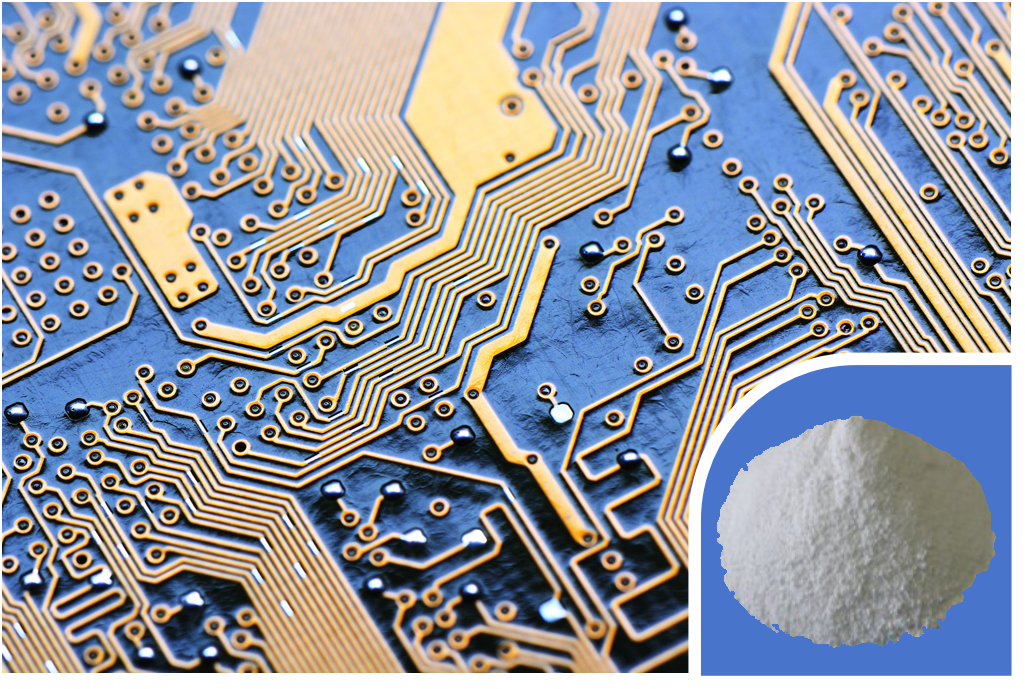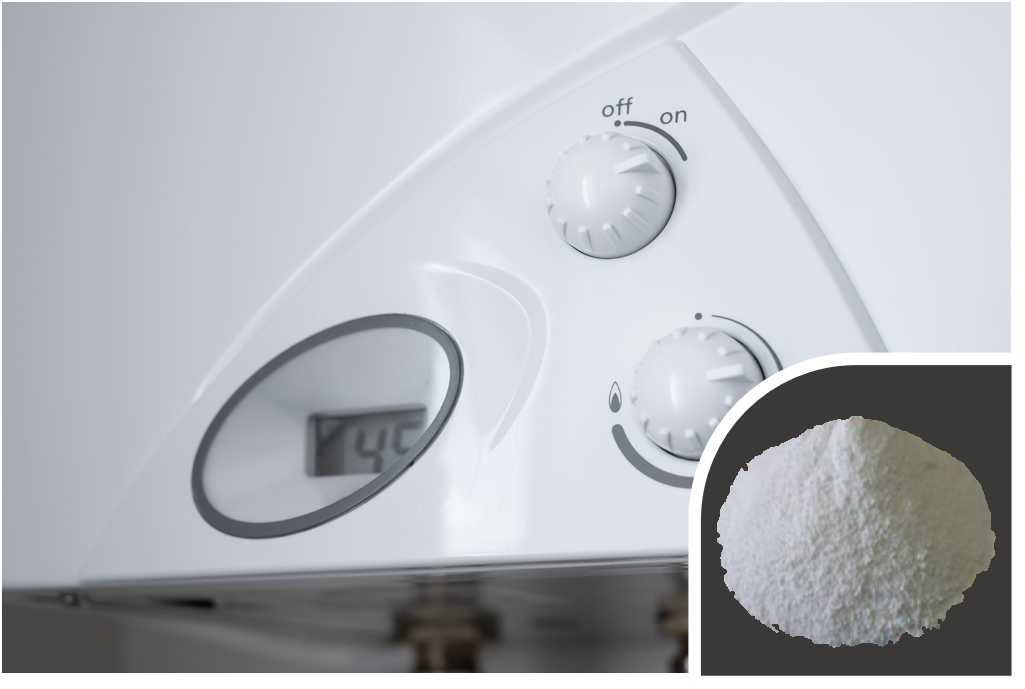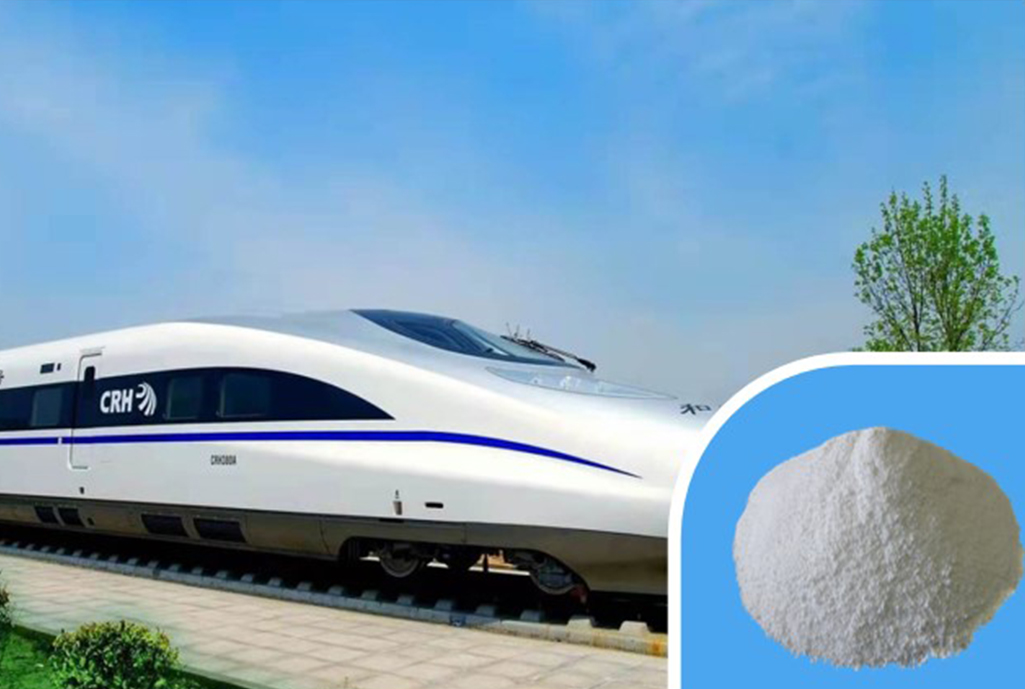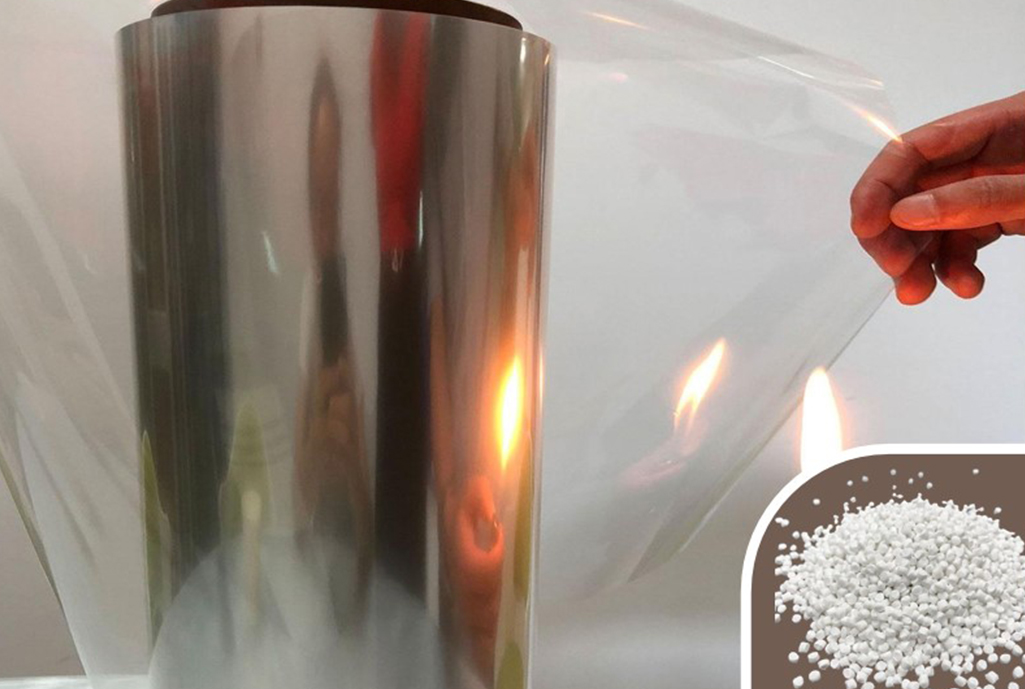What are Composite Flame Retardants?
2025-07-03
Composite flame retardants represent a sophisticated class of materials designed to suppress, reduce, or delay the combustion of various substances, particularly polymers and textiles. Unlike single-component flame retardants, which rely on one specific mechanism, composite flame retardants integrate multiple flame retardant additives, often with different modes of action, to achieve enhanced and synergistic fire protection. This approach allows for a more comprehensive and efficient inhibition of the combustion process, addressing various stages of a fire, from initial ignition to flame spread and smoke production.
The Limitations of Single-Component Flame Retardants
Before delving into composites, it's important to understand why they became necessary. Traditional flame retardants, while effective to a degree, often face limitations:
-
Limited Mechanism: A single additive might work well in the gas phase (e.g., by releasing non-combustible gases) but be less effective in the condensed phase (e.g., by forming char).
-
High Loading Levels: Achieving sufficient flame retardancy with a single additive often requires high loading levels, which can negatively impact the material's mechanical properties, processability, and cost.
-
Environmental Concerns: Some traditional flame retardants, particularly halogenated compounds, have raised environmental and health concerns, leading to a push for more sustainable alternatives.
-
Specific Applications: A flame retardant effective for one polymer might not be suitable for another due to differing thermal degradation pathways.
The Synergy of Composite Systems
Composite flame retardants overcome these limitations by leveraging synergy, where the combined effect of multiple flame retardants is greater than the sum of their individual effects. This synergy can manifest in several ways:
-
Complementary Mechanisms: Different additives can target different stages of the combustion process. For example, one component might promote char formation in the condensed phase, while another releases non-combustible gases in the gas phase.
-
Reduced Loading: Due to synergistic effects, lower total loading levels of flame retardants can often be achieved, minimizing adverse impacts on material properties.
-
Broader Spectrum of Protection: Composites can offer a wider range of fire protection, including reduced heat release rate, delayed ignition time, decreased smoke production, and improved char residue.
-
Tailored Solutions: The ability to combine different flame retardants allows for the development of highly customized solutions for specific materials and applications, addressing unique fire safety requirements.
Key Mechanisms in Composite Flame Retardants
Composite flame retardants typically incorporate components that operate through one or more of the following mechanisms:
-
Condensed Phase Mechanisms:
-
Char Formation: Additives like phosphorus-based compounds, intumescent systems, and certain inorganic fillers promote the formation of a stable, non-combustible char layer on the material's surface. This char acts as a physical barrier, insulating the underlying material from heat and oxygen, and preventing the escape of flammable volatile products.
-
Cooling Effect: Some inorganic fillers, such as aluminum hydroxide (ATH) or magnesium hydroxide (MDH), decompose endothermically upon heating, releasing water vapor that cools the burning material and dilutes flammable gases.
-
-
Gas Phase Mechanisms:
-
Radical Quenching: Certain flame retardants, like some halogenated compounds (though less favored now due to environmental concerns), release halogen radicals that interfere with the free radical chain reactions in the flame, effectively "snuffing out" the fire. While less common in modern "green" composites, some phosphorus compounds can also exhibit gas-phase activity.
-
Dilution: The release of non-combustible gases (e.g., water vapor, carbon dioxide) from decomposing flame retardants dilutes the concentration of flammable gases and oxygen in the flame zone, hindering combustion.
-
-
Physical Mechanisms:
-
Barrier Formation: As mentioned with char, physical barriers can prevent the transfer of heat and mass.
-
Melt Viscosity Enhancement: Some additives can increase the viscosity of melting polymers, preventing dripping and further spread of flames.
-
Common Combinations and Examples
The design of composite flame retardants involves careful selection of components based on the polymer matrix, desired flame retardancy level, and specific application requirements. Some common combinations include:
-
Intumescent Systems + Inorganic Fillers: Intumescent flame retardants (IFRs), typically comprising an acid source, carbon source, and blowing agent, form a foamed char layer when heated. Combining IFRs with inorganic fillers like ATH or MDH can enhance both char integrity and cooling effects.
-
Phosphorus-based Compounds + Nitrogen-based Compounds: Phosphorus compounds (e.g., red phosphorus, ammonium polyphosphate) primarily promote char formation, while nitrogen compounds (e.g., melamine derivatives) can contribute to char stability and gas-phase dilution.
-
Layered Double Hydroxides (LDHs) + Synergists: LDHs can act as radical scavengers and char promoters. They are often combined with other flame retardants to enhance their overall effectiveness.
-
Nanocomposites: The incorporation of nanoparticles (e.g., clay, carbon nanotubes, graphene) into a polymer matrix can significantly improve flame retardancy, even at low loading levels. These nanoparticles can act as physical barriers, enhance char formation, and improve thermal stability. When combined with traditional flame retardants, they can create highly efficient composite systems.
Advantages and Challenges
Advantages of Composite Flame Retardants:
-
Enhanced Fire Safety: Superior flame retardancy compared to single-component systems.
-
Reduced Loading Levels: Minimizes negative impacts on material properties and cost.
-
Versatility: Adaptable to a wide range of polymers and applications.
-
Environmental Friendliness: Facilitates the development of halogen-free and more sustainable solutions.
-
Multi-functional: Can address various fire parameters (e.g., heat release, smoke, dripping).
Challenges in Composite Flame Retardants:
-
Compatibility: Ensuring good dispersion and compatibility between different flame retardant components and the polymer matrix can be challenging. Poor compatibility can lead to reduced mechanical properties.
-
Cost: Developing and manufacturing composite systems can be more complex and costly than using single additives.
-
Long-term Stability: The long-term performance and stability of composite systems need to be thoroughly evaluated.
-
Processing: Incorporating multiple additives can sometimes complicate the processing of the polymer.
-
Regulatory Landscape: Navigating evolving regulations regarding flame retardant chemicals requires continuous research and development.
Conclusion
Composite flame retardants represent the cutting edge in fire safety technology. By strategically combining different additives that work synergistically, they offer highly effective, versatile, and often more sustainable solutions for protecting materials from fire. As the demand for enhanced fire safety continues to grow across various industries, the development of sophisticated composite flame retardant systems will undoubtedly play a crucial role in safeguarding lives and property. The ongoing research focuses on discovering novel synergistic combinations, exploring bio-based and sustainable flame retardants, and optimizing their integration into advanced materials.




















